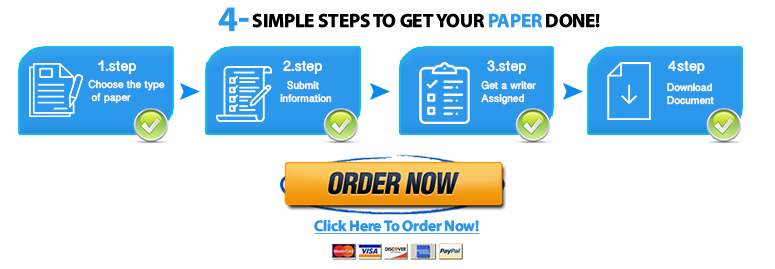American Public University System Wk 3 Work Flow Process Tool Discussion & Responses
Discussion
reflect on the previous weeks’ topics. Choose a topic you found to be difficult or hard to understand. Research this topic and present your findings. Include a summary of the topic, why you found the topic to be difficult, and what you learned after conducting the research. Topic: Introduction and Creation of Security Interest.
POSt 1
A swim lane in the workflow refers to a visual representation of how a process is separated into several functional areas. The swim lane diagram differs from a normal flow chart as it displays precisely who is responsible for what throughout a procedure (Ezeonwumelu et al., 2015). Swim lanes symbolize the tasks that must be completed by a certain division or organization. This contrasts with a system flowchart that provides a visual representation of how data moves through a system and how choices are made to regulate occurrences. Symbols are used here to further convey the point. They are linked to one another in order to demonstrate what occurs to data and where it is sent. Unlike a system flowchart that displays how data moves, a mind map works as a diagram that provides a guide towards a central concept. It does this by organizing the data in a non-linear fashion, which makes it easier for you to visualize and evaluate any topic. A mind map is simply made up of a central notion that has many other related concepts branching out from it in various directions. The system workflow also differs from a use case, which aims at highlighting ways of completing tasks (Hooshyar et al. 2016). This is different from a system workflow as it seeks to reveal behavior and not the process. However, a system flowchart compares to a use case as they both aim at answering questions using the “what if” scenario.ReferencesEzeonwumelu, E. P., Ozuomba, S., & Kalu, C. (2015). Development of swim lane workflow process map for enterprise workflow management information system (wfmis): a case study of comsystem computer and telecommunication ltd (cctl) eket. Eur. J. Eng. Technol, 3.Hooshyar, D., Ahmad, R. B., Yousefi, M., Fathi, M., Horng, S. J., & Lim, H. (2016). Applying an online game-based formative assessment in a flowchart-based intelligent tutoring system for improving problem-solving skills. Computers & Education
POST 2


